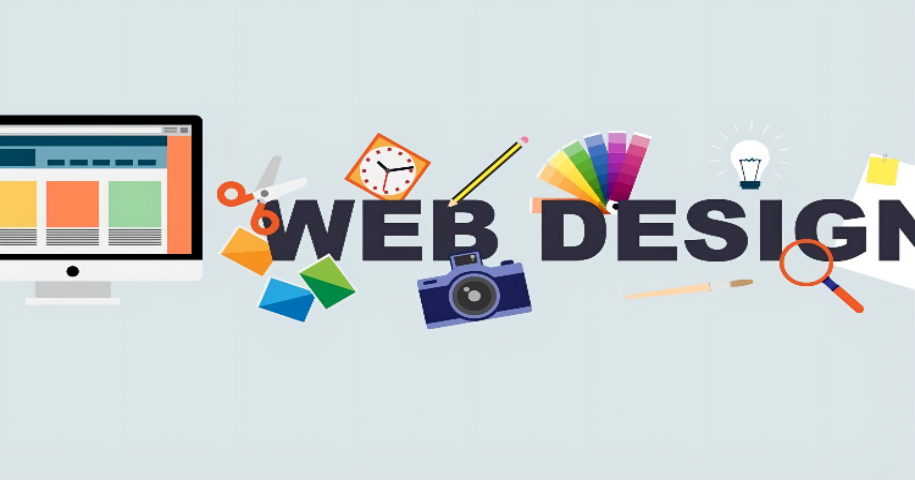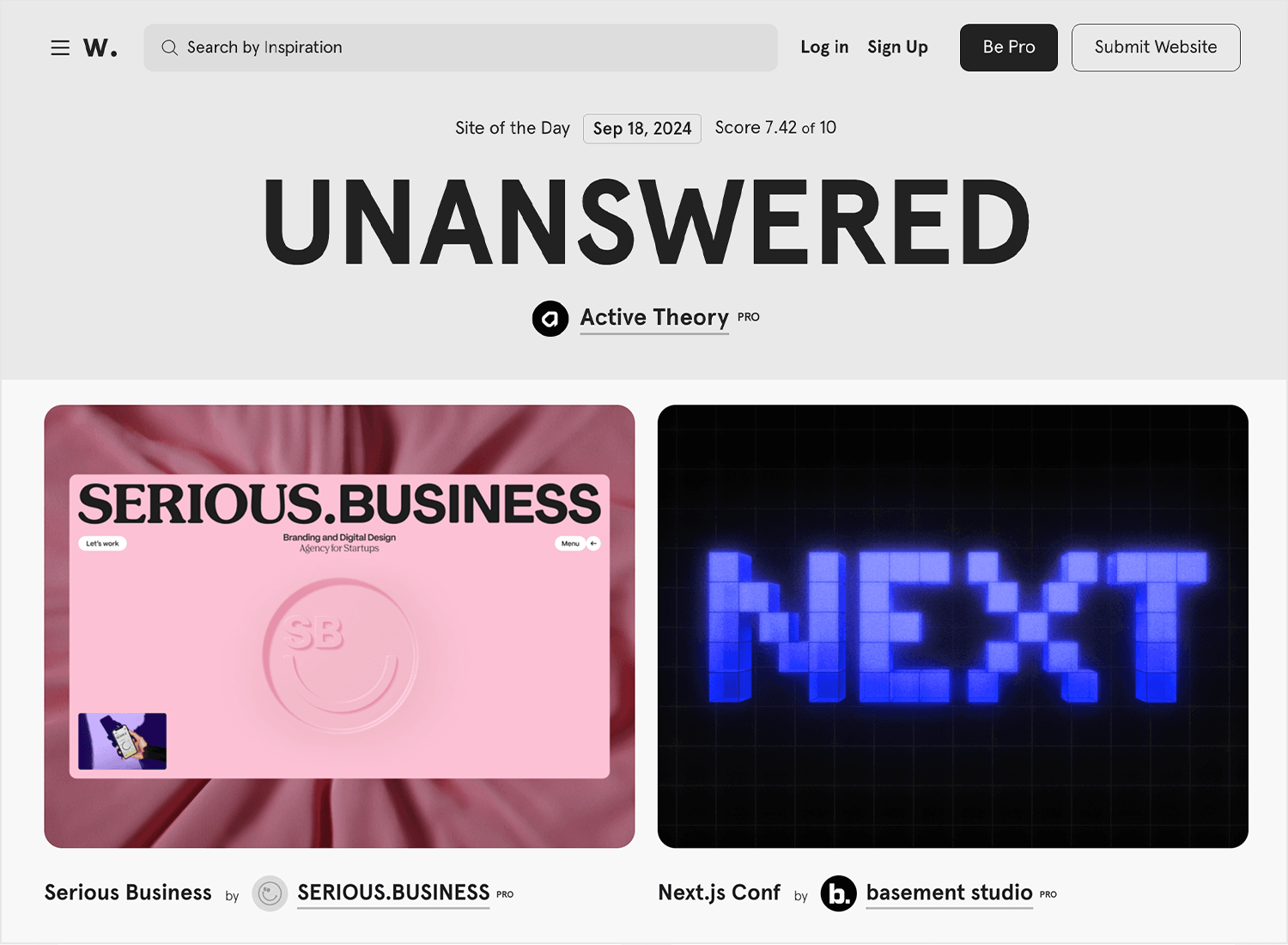How Effective Website Design Can Boost Customer Experience and Conversions
In the significantly affordable digital landscape, reliable internet style plays a crucial duty in enhancing individual experience and driving conversions. As we explore the key elements that contribute to successful internet style, it comes to be obvious that the impact on individual fulfillment and conversion prices is profound.
Relevance of User-Centric Layout
In the realm of website design, prioritizing user-centric layout is paramount for developing reliable digital experiences. This strategy concentrates on recognizing the demands, preferences, and actions of customers, making sure that electronic interfaces are available and intuitive (Web design). By incorporating user comments into the design procedure, internet designers can craft experiences that reverberate with their target audience, inevitably resulting in increased interaction and contentment
User-centric layout emphasizes usability, which is vital for minimizing and keeping individuals bounce prices. When individuals can browse a site easily, they are more most likely to discover its content and transform into clients. Moreover, a user-centered method fosters trust fund and credibility, as users really feel that their requirements are valued and attended to. This not only boosts their experience however likewise encourages brand loyalty.

Crucial Element of Reliable Design
Reliable design offers as the backbone of user-centric internet design, translating customer requires right into aesthetic frameworks that facilitate interaction. An efficient layout focuses on web content with a clear pecking order, assisting customers' eyes to important info. This power structure is usually developed making use of spacing, shade, and dimension, making sure that vital elements attract attention.
Another crucial element is the usage of whitespace, which protects against congestion and boosts readability. Web design. Whitespace permits aspects to breathe, making the overall design show up cleaner and simpler to browse. Additionally, uniformity in style aspects, such as colors and typefaces, promotes familiarity and trust fund, making it possible for users to navigate the website with better convenience
Grid systems can likewise be invaluable, supplying a framework that lines up web content practically and aesthetically. This placement boosts the individual experience by developing an organized aesthetic circulation. Moreover, flexibility in format-- like receptive style-- ensures that websites execute well throughout different devices, accommodating diverse customer choices.
Inevitably, an efficient design not only captivates users yet likewise encourages them to involve more deeply, ultimately meeting and driving conversions company goals. By concentrating on these crucial elements, developers can produce designs that reverberate with individuals and boost their general experience.
Navigational Ideal Practices
Clear and user-friendly navigating is critical for enhancing individual experience on an internet site. A well-structured navigating system allows users to locate information rapidly, which straight influences their contentment and chance of conversion - Web design. Executing an ordered structure is vital; make use of groups and subcategories that realistically team relevant content, making it much easier for site visitors to discover
Consistency in navigating elements is also vital. Make certain that web links, food selections, and buttons preserve harmony stylishly, shade, and positioning across all web pages, supplying individuals with an acquainted structure as they browse. Additionally, make use of detailed tags for navigating items. Instead of common terms, choose clear tags that accurately reflect the content, aiding users in making informed decisions.

Mobile Responsiveness and Ease Of Access

Accessibility, on the other hand, concentrates on making internet sites usable for people with disabilities. This includes adhering to standards such as the Internet Web Content Availability Guidelines (WCAG), which deal with concerns like color contrast, text dimension, and keyboard navigating. By carrying out these requirements, web designers can create inclusive experiences that provide to a wider audience, thus enhancing user engagement and contentment.
Additionally, mobile responsiveness and access not only improve user experience however additionally positively effect search engine rankings. Internet search engine focus on mobile-friendly and available sites, making them more likely to appear in appropriate search outcomes. Consequently, buying these elements of web layout not just fulfills user demands yet also adds to overall organization success via enhanced exposure and boosted conversion prices.
Gauging Success With Analytics
Tracking user communications and actions with analytics is necessary for analyzing the success of a web site. By leveraging tools such as Google Analytics, companies can collect vital data that exposes just how users engage with their website. Metrics such as bounce rates, typical session duration, and conversion rates supply insights right official statement into customer behavior and can highlight locations for enhancement.
Understanding user demographics and traffic resources better boosts a website's efficiency. This information enables internet designers to customize content and layout aspects to better fulfill the requirements of their target audience. Furthermore, tracking particular customer trips helps determine prospective traffic jams in the conversion channel, making it possible for organizations to enhance their website design as necessary.
Frequently evaluating this analytics data is important for continual improvement. A/B testing various design components can supply concrete evidence of what resonates with users, permitting for notified decisions based on real-world performance. Eventually, gauging success with analytics not just enhances customer experience yet additionally drives conversions, making sure that website design initiatives straighten with business purposes. In an electronic landscape where competitors is strong, using the power of analytics is essential to keeping a easy to use and successful site.
Conclusion
Finally, effective website design plays a critical role in enhancing individual experience and driving conversions. By prioritizing user-centric concepts, applying crucial layout aspects, and making certain user-friendly navigating, web sites can involve a diverse audience. Mobile responsiveness and accessibility further add to a smooth interaction for all customers. Ultimately, determining success through analytics enables for constant enhancement, making sure that layout techniques remain aligned with individual demands, therefore fostering organization development and success.
In the increasingly competitive digital landscape, reliable internet layout plays a critical duty in enhancing individual experience and driving conversions. By incorporating customer comments into the layout process, internet developers can craft experiences that reverberate with their target audience, inevitably leading to enhanced involvement and fulfillment.
Eventually, the significance of user-centric style exists in its capacity to create purposeful communications that drive conversions and foster long-lasting partnerships with this post users, making it an indispensable component of effective internet style methods.
Eventually, gauging success via analytics not just boosts individual experience yet likewise drives conversions, guaranteeing that internet layout efforts align with organization goals.In final thought, effective internet design plays an essential role in improving customer experience and driving conversions.